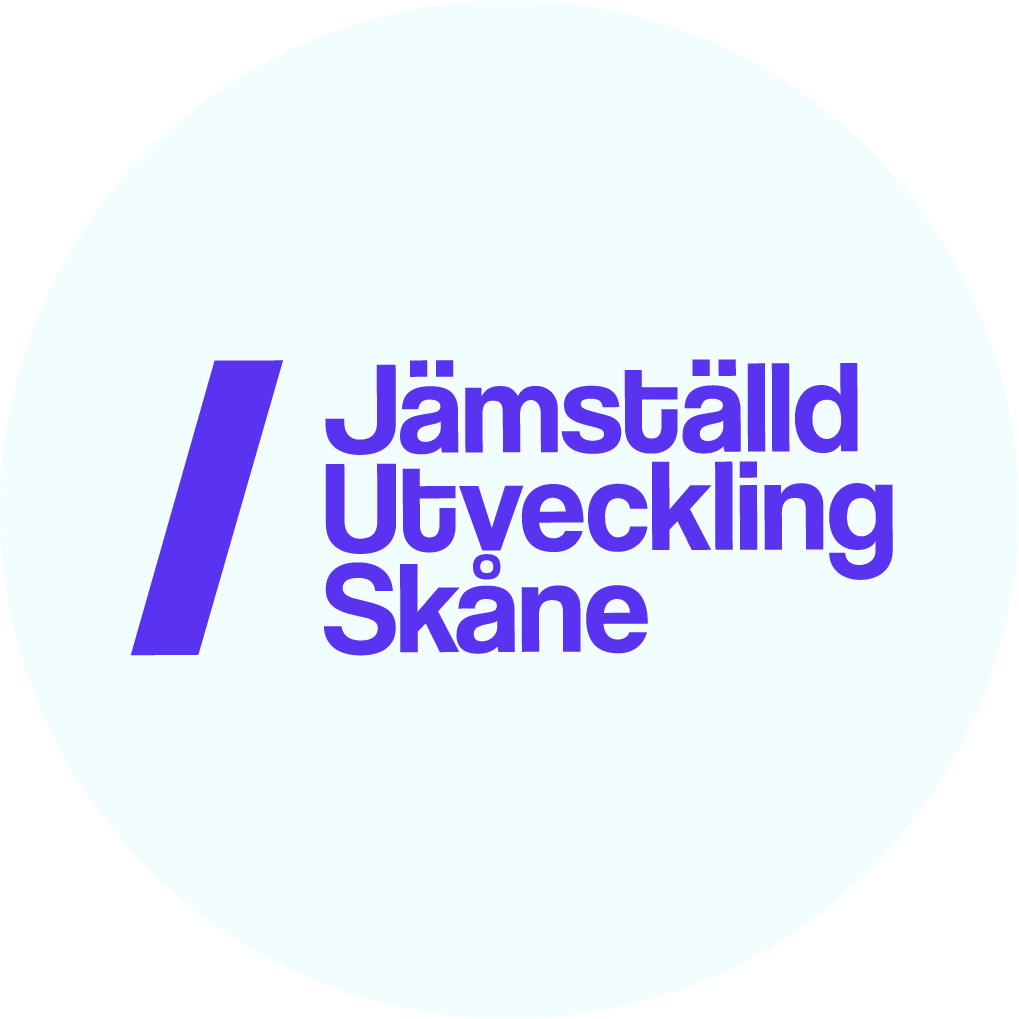
1 .
Step-by-step
guide to start
-
Contact management and ask them to clear the schedule for this workshop.
-
Find contact persons for support structures in your workplace. It could be a work environment representative, HR-representative or the occupational health care. Be prepared to refer to them if needed by any memory workshop participant.
-
Book a room that can ensure a safe space of confidentiality.
-
Inform your workplace about this workshop where you provide written information about:
What is memory work and what is the purpose of this memory work?
The support structures that will be activated if they feel distressed during or after the workshop.
-
Participant selection criteria:
People who are interested in the topic of workplace related sexist harassment and volunteer to participate in the memory workshop. No preparations are needed of the participants. All the selected participants need to participate, no observers are allowed. No managers are allowed to participate.

2.
Preparation
-
5 participants – 3h 39 min
4 participants – 3h 07 min
3 participants – 2h 39 min
-
No need to use computer or other electronic devices.
– Notepads for every participant
– Pens for every participant
– A big paper
– Printed anchor questions
– Printed interview questions
– Printed memory workshop guide
– Something to keep timeFruits/cake/sandwiches or lunch to be provided during breaks or if needed, during the memory workshop.
-
A room without visual or audio insight. A table with seating places for all participants where everyone can see each other.
-
Could be emotionally intense for participants.
-
Nuanced understandings of how workplace sexist harassment plays out. Suggested actions on how to prevent sexual harassments at the workplace.

3.
Preparation notes for the facilitator
The role of the facilitator is to lead the process of the memory workshop. The facilitator does not need specific skills or knowledge related to sexist harassment to facilitate this workshop. It is important that the participants trust the facilitator and feel safe around him/her/them. Consider who is best suited to be the facilitator in your workplace.
Read through the manual carefully to be thoroughly prepared and feel asserted to provide a safe space that feels calm and secure. It is important strictly to follow the manual.
This method is not meant to be therapeutic. Therefore, you do not need to have answers to everything or be able to work with emotions or traumas. Instead, use your local support structures.
In the toolbox, you can find examples of episodic texts from previous workshops as an inspiration.
4.
Facilitator guidelines
Tell the participants that you will guide the process and take care of the timing.
Ask all participants to shut their cell phones off and put them away. Repeat after breaks.
Place the relevant printed anchor question so that everyone can see it and read it out loud. Briefly explain the mode of the participants’ answering, e.g., round, brainstorm, individual writing etc.
Ask someone to volunteer to be the first to answer or ask one specific person to be the first one. Participants take turns in answering until the time for each round is up.
When you have finished the anchor question, state that “We are now continuing with the next question”.
Make the participants feel safe. Keep track of the feelings in the room and remind participants that they can take a break if needed.
While listening to the participants, the facilitator can make “approving” sounds and gestures, such as nodding, smiling, saying yes/mmm to confirm the participants.
Be prepared that this topic can evoke emotions. All emotions are welcome. Do not value or interpret the emotions. Let them be there.





